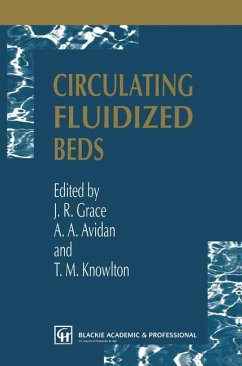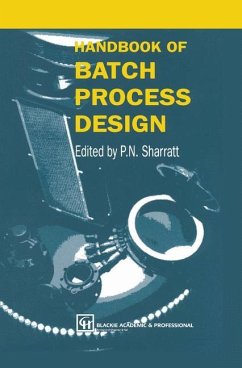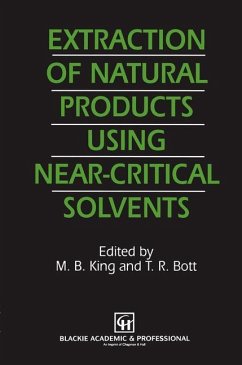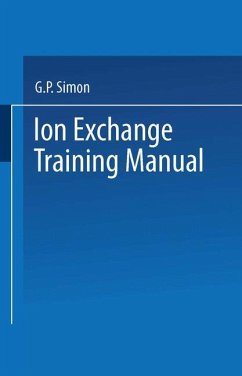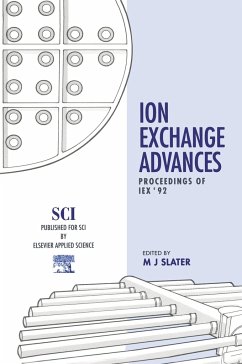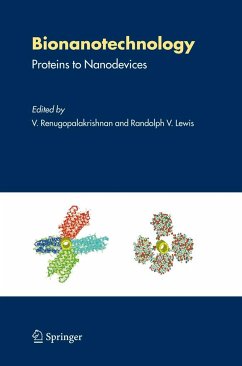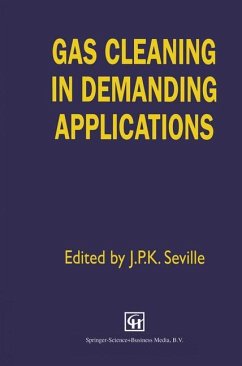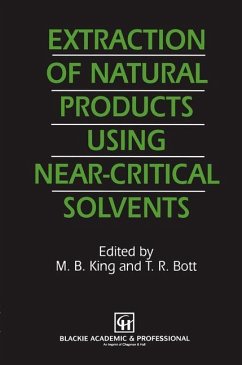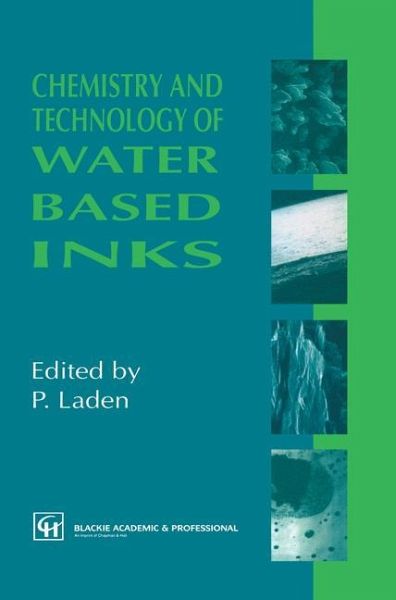
Chemistry and Technology of Water Based Inks

PAYBACK Punkte
115 °P sammeln!
This book has been a long time in the making. Since its beginning the concept has been refined many times. This is a first attempt at a technical book for me and fortunately the goals I have set have been achieved. I have been involved in water based ink evaluation since its unclear begin nings in the early 1970s. This book is fashioned much like a loose-leaf binder I had put together for early reference and guidance. The format has worked for me over the years; I trust it will work for you. I would like to thank the many people who made this book possible, particularly Blackie Academic & Prof...
This book has been a long time in the making. Since its beginning the concept has been refined many times. This is a first attempt at a technical book for me and fortunately the goals I have set have been achieved. I have been involved in water based ink evaluation since its unclear begin nings in the early 1970s. This book is fashioned much like a loose-leaf binder I had put together for early reference and guidance. The format has worked for me over the years; I trust it will work for you. I would like to thank the many people who made this book possible, particularly Blackie Academic & Professional for their saint-like patience. Thanks again to W.B. Thiele (Thiele-Engdahl), to Lucille, my wife, and to James and Frank, my two boys. A final and special thank you to Richard Bach who taught me there are no limits.





